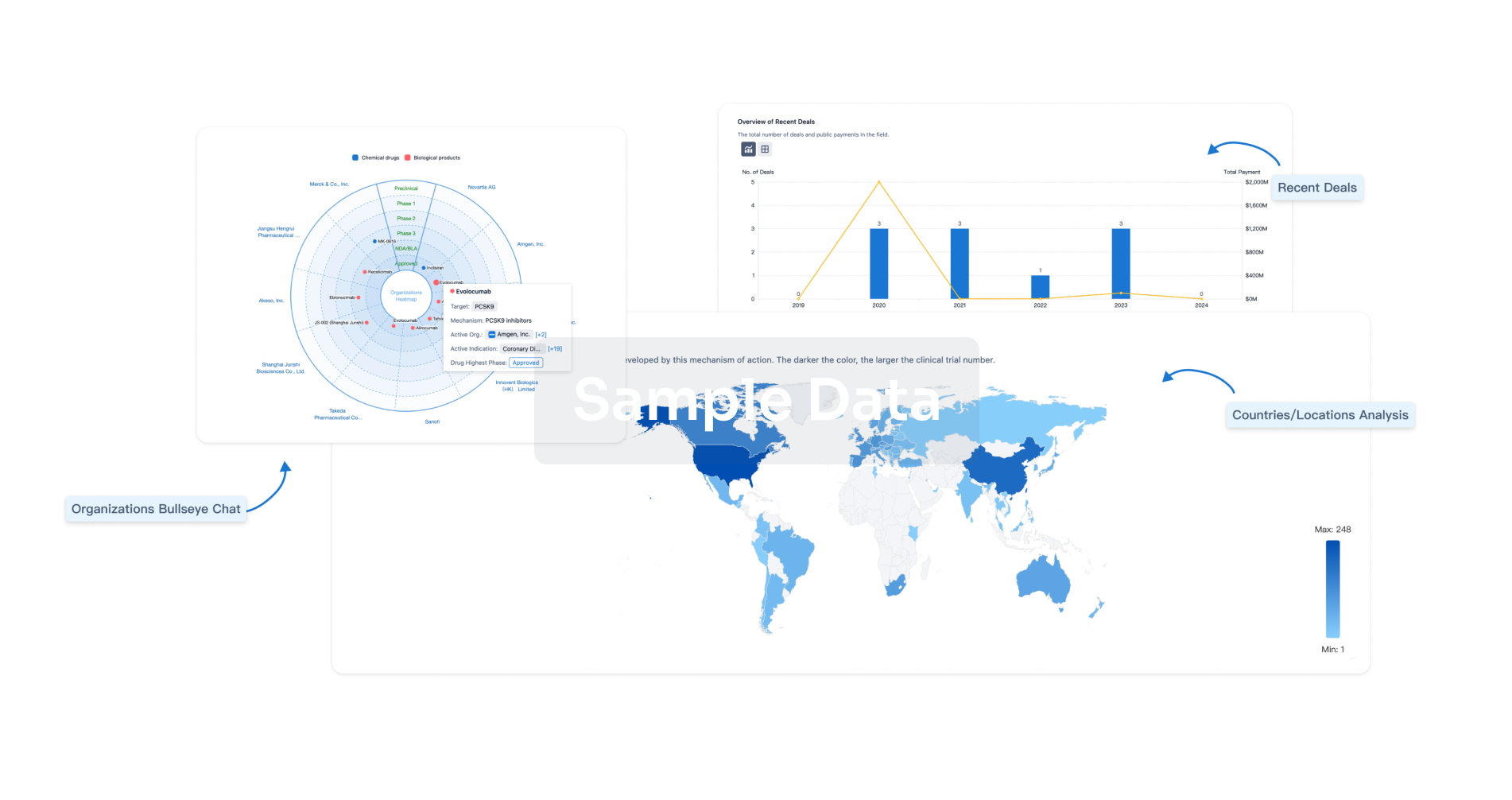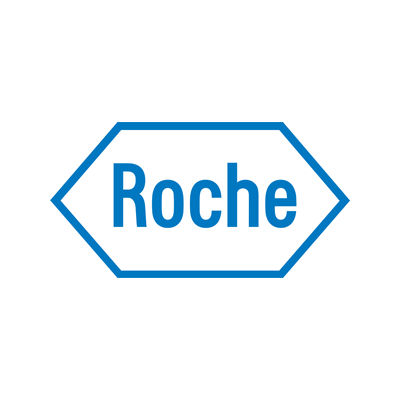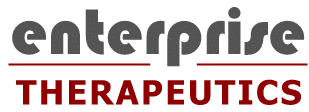Request Demo
Last update 08 May 2025
lepB
Last update 08 May 2025
Basic Info
Synonyms- |
Introduction- |
Related
8
Drugs associated with lepBTarget |
Mechanism SPase I inhibitors |
Active Org. |
Originator Org. |
Active Indication |
Inactive Indication- |
Drug Highest PhasePhase 1 |
First Approval Ctry. / Loc.- |
First Approval Date20 Jan 1800 |
Target |
Mechanism SPase I inhibitors |
Active Org. |
Originator Org. |
Active Indication |
Inactive Indication- |
Drug Highest PhasePreclinical |
First Approval Ctry. / Loc.- |
First Approval Date20 Jan 1800 |
Target |
Mechanism SPase I inhibitors |
Active Org. |
Originator Org. |
Active Indication |
Inactive Indication- |
Drug Highest PhasePreclinical |
First Approval Ctry. / Loc.- |
First Approval Date20 Jan 1800 |
100 Clinical Results associated with lepB
Login to view more data
100 Translational Medicine associated with lepB
Login to view more data
0 Patents (Medical) associated with lepB
Login to view more data
183
Literatures (Medical) associated with lepB13 Feb 2025·ACS Medicinal Chemistry Letters
Novel 3-Aminothieno[2,3-b]pyridine-2-carboxamides with Activity against Mycobacterium tuberculosis
Article
Author: Greve, Eric ; Chemaly, Danielle M. ; Lynde, Brock E. ; Harding, Christopher L. ; Chowdhury, Sultan ; Graner, Jasmin M. ; Baldin, Vanessa Pietrowski ; Parish, Tanya ; Hardy, Mason
01 Feb 2025·Poultry Science
Differential gene expression in Clostridium perfringens during pre-and post-infection phases and in jejunal tissues of broilers with necrotic enteritis induced by Clostridium perfringens alone and its coinfection with Eimeria
Article
Author: Lin, Fan ; Yang, Wen-Yuan ; Ke, Chiao-Hsu ; Wu, Cheng-En
01 Feb 2025·European Journal of Medicinal Chemistry
Discovery and optimization of tetrahydroacridine derivatives as a novel class of antibiotics against multidrug-resistant Gram-positive pathogens by targeting type I signal peptidase and disrupting bacterial membrane
Article
Author: Zhao, Jiaqi ; Lu, Xiaolin ; Zhang, Dayong ; Xu, Xianghan ; Gong, Xin ; Gao, Mengkang ; Yin, Hao ; Ming, Liqin ; Dai, Xingyang ; Huang, Jinhu ; Wang, Jiayi ; Wang, Liping ; Gu, Congying ; Ding, Yushi ; Wang, Xiaoming ; Zhang, Menghan ; Wang, Zhi
2
News (Medical) associated with lepB24 Apr 2024
Roche CEO Thomas Schinecker, Ph.D., said the cull has focused on assets that have a “lower likelihood” of success.
Roche has performed a little light spring cleaning, sweeping (PDF) a pair of phase 1 solid tumor drugs and an early-stage psychiatric disorder prospect out of the door as part of its update for the first quarter. The culls are part of a broader refocusing that has removed 20% of new molecules from the pipeline in recent quarters.
The spring cancer clearout affected belvarafenib and RG6286. Belvarafenib, also known as RG6185 and HM95573, is an oral RAF kinase inhibitor that Roche’s Genentech licensed from Hanmi Pharmaceutical for $80 million upfront in 2016. The candidate was in phase 1 at the time of the deal. Hanmi began a phase 1b study to test belvarafenib in combination with either cobimetinib or cetuximab in 2017.
Hanmi, which retained the rights to the asset in South Korea, published data from the phase 1 trial and an expansion study in 2019 and continued to track patients in the phase 1b study to assess the effect of combining belvarafenib with a MEK or EGFR inhibitor.
A Roche spokesperson said Genentech was “investigating belvarafenib in two clinical studies in various cancers” but has stopped enrollment in the trials and removed the asset from the portfolio. Genentech will continue to provide study treatment and monitor currently enrolled patients.
The cut is part of a wider cull that has seen Roche terminate 20% of its new molecular entities since the third quarter of last year. Roche CEO Thomas Schinecker, Ph.D., said on a media call Wednesday that the cull has focused on assets that have a “lower likelihood” of success. The drugmaker needs to terminate some programs to free up cash to invest in accelerating “a number of projects that have a high likelihood to succeed and have a huge patient impact,” Schinecker said.
Roche has split programs into three categories: highly promising prospects it wants to accelerate; assets that don’t warrant further investment because they are unlikely to be first or best in class; and molecules that need to generate more data to show whether they are a priority. Schinecker said the changes will continue in the second quarter, but the pipeline will settle down beyond that.
The other newly culled oncology candidate, RG6286, is a bispecific antibody that binds to the colorectal cancer antigen LY6G6D and CD3 on T cells. Genentech began testing the candidate, which is also known as BLYG8824A, in colorectal cancer patients in 2020. The phase 1 clinical trial has an estimated primary completion date of early 2026.
Roche also used the update to confirm the removal of camonsertib, also known as RG6526, from phase 1. The Swiss drugmaker told Repare Therapeutics it is returning the rights to the synthetic lethal drug candidate in February, days after the dosing of a phase 2 patient and triggering a $40 million payment.
Finally, Roche removed one neuroscience candidate from its phase 1 pipeline and switched horses in an infectious disease. The neuroscience asset, RG6163, was in development psychiatric disorders, but Roche had said little publicly about the program. In complicated urinary tract infections, Roche dropped one LepB inhibitor, RG6319, and switched its focus to another molecule against the same target, RG6436.

Phase 1Phase 2PROTACsLicense out/in
24 Apr 2024
Roche has cut 20% of new molecular entities from its pipeline since the third quarter of last year as it overhauls its portfolio to focus on “high-impact” projects. CEO Thomas Schinecker noted Wednesday alongside the company’s first quarter financial results that the terminated assets, which include three cancer drugs, were not innovative enough.The executive indicated that the gaps in its pipeline will be filled with external drugs. “We are open for M&A,” Schinecker said, with a focus on areas including cardiovascular and metabolism disorders, neuroscience and oncology. “Based on whether or not the deal makes sense, then we are also open to doing larger acquisitions,” he added.Oncology assets cut in the first quarter by Roche comprise Repare Therapeutics’ camonsertib – already announced in February – along with belvarafenib in solid tumours and RG6286 in colorectal cancer. The company has also recently backed away from a number of oncology collaborations, including one with HOOKIPA Pharma on arenaviral immunotherapy for KRAS-mutated cancers and another with Adaptimmune Therapeutics to develop T-cell therapies for cancer.Other drugs to face the chop in the first quarter include the LepB inhibitor RG6319 for urinary tract infections and RG6163 in psychiatric disorders. “Doubts around R&D productivity will take time to lift,” Jefferies analysts Peter Welford and Lucy Codrington noted.COVID impact overRoche’s first-quarter revenue slipped 6% to CHF 14.4 billion ($), with sales of prescription drugs falling by the same percentage to CHF 10.9 billion. Schinecker explained that “the appreciation of the Swiss franc versus most currencies impacted sales,” which would have risen by 2% on a constant exchange rate (CER) basis.The company reaffirmed that revenue and core earnings per share will both increase in the mid-single-digit range on a CER basis. Roche noted that for the remainder of the year, “there will be no further material impact of COVID-19 sales decline.”More to come.
ImmunotherapyBiosimilarAcquisitionFinancial Statement
Analysis
Perform a panoramic analysis of this field.
login
or

AI Agents Built for Biopharma Breakthroughs
Accelerate discovery. Empower decisions. Transform outcomes.
Get started for free today!
Accelerate Strategic R&D decision making with Synapse, PatSnap’s AI-powered Connected Innovation Intelligence Platform Built for Life Sciences Professionals.
Start your data trial now!
Synapse data is also accessible to external entities via APIs or data packages. Empower better decisions with the latest in pharmaceutical intelligence.
Bio
Bio Sequences Search & Analysis
Sign up for free
Chemical
Chemical Structures Search & Analysis
Sign up for free


